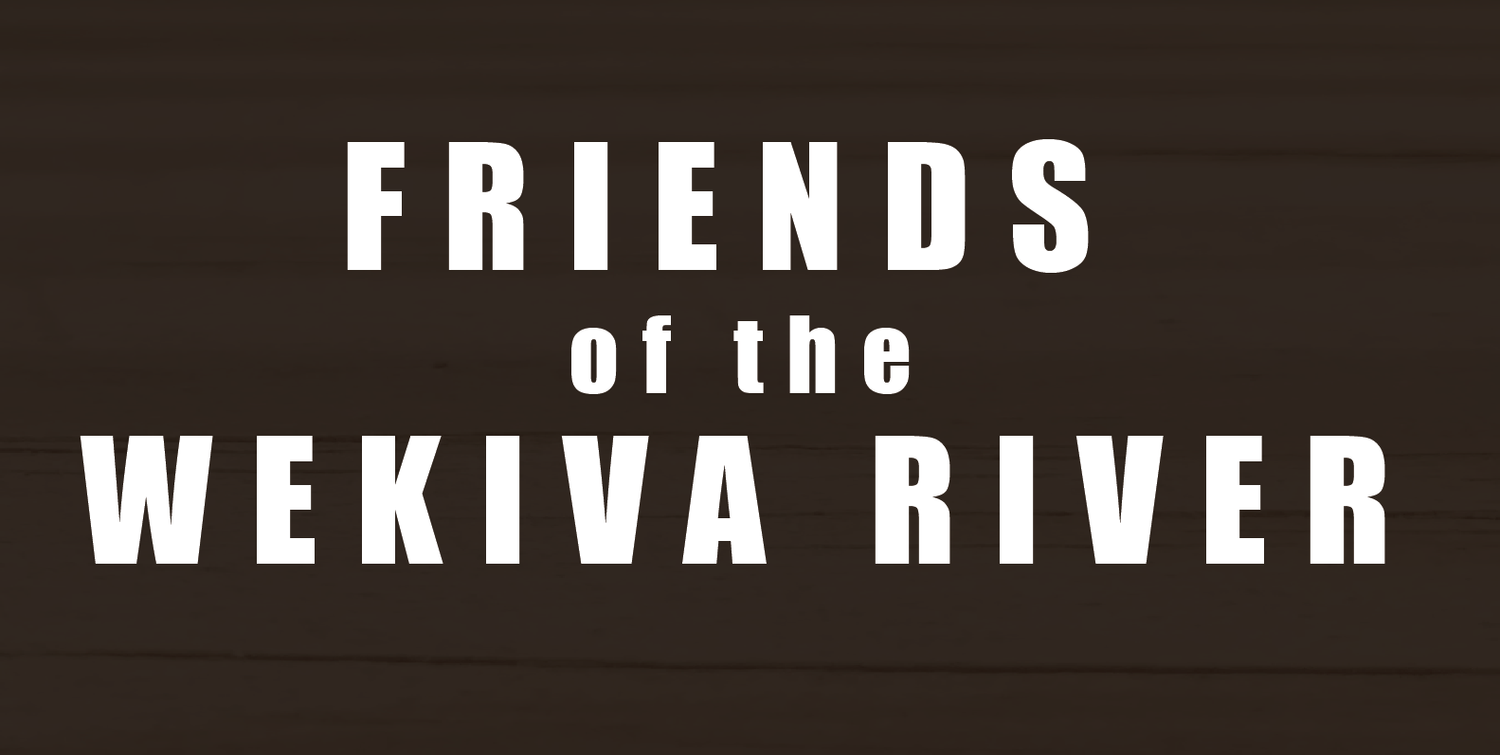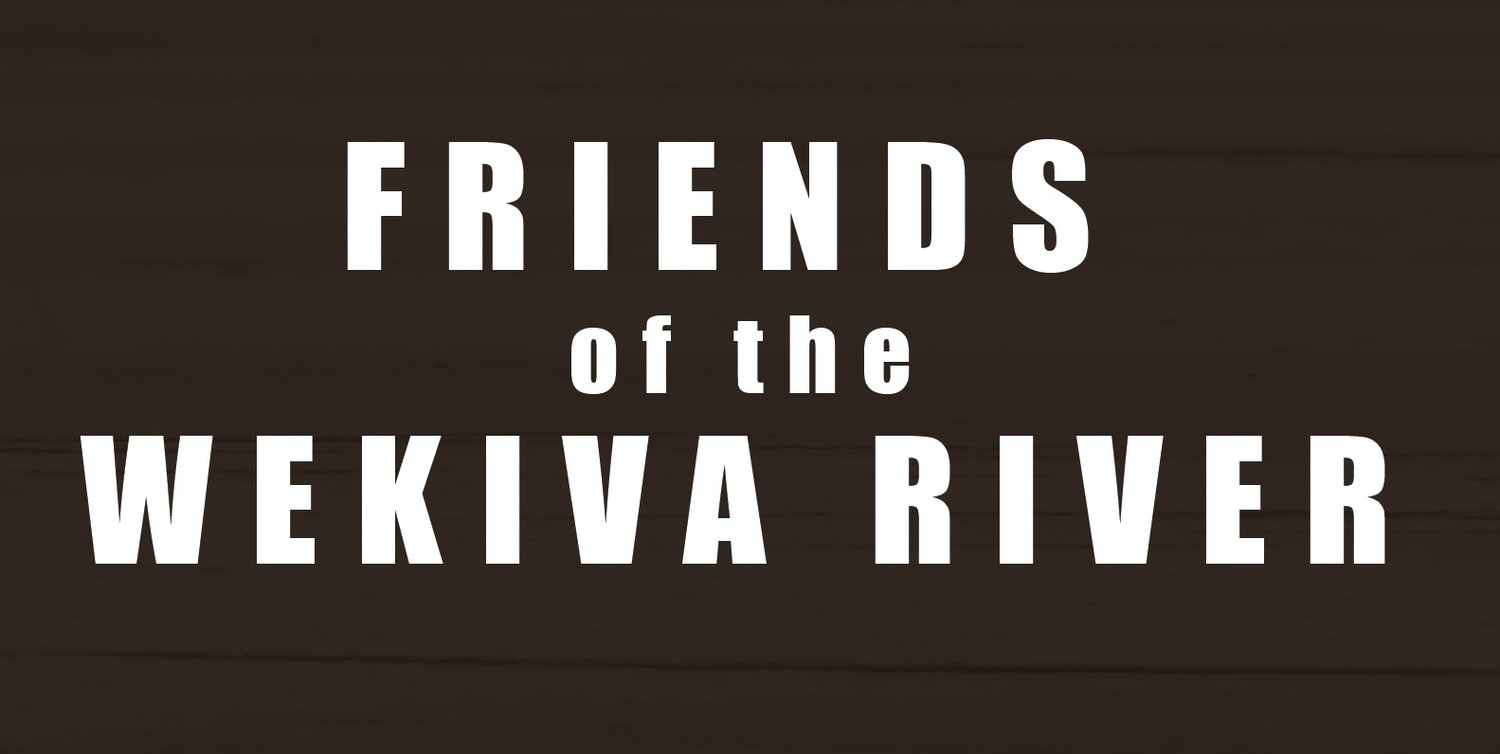IN CASE YOU MISSED IT: LEGISLATIVE ROUNDUP
The Florida Legislature ended its most recent session with a March vote impacting two subjects of keen interest to FOWR members: Florida Forever funding for conservation projects and a vote that will affect the aquifer and water quality.
An effort to publicly fund conservation projects in Florida began more than 30 years ago when Governor Bob Martinez established the Commission on the Future of Florida’s Environment. The Commission held meetings around the State attended by citizens from all walks of life, and state agencies identified lands through this process that they saw as critical to acquire. Floridians made it clear they wanted to protect their environmental future by acquiring these “must have” properties, and the Commission decided to ask the Florida Legislature for a total of $3 billion funded over 10 years at $300 million per year in order to ensure the ecological health and open space needs of the state.
A program named “Preservation 2000” was originally approved by the Legislature in 1990 with funding sourced from a small percentage of the money collected from documentary stamps paid on real estate transactions recorded in the public records around the state. The successor to the program was named “Florida Forever,” created in 2001 with another $3 billion approved for conservation funding over a 10 year period also funded from the documentary stamp fee. With approximately 10 million acres managed for conservation in Florida, more than 2.5 million acres of land have been purchased for conservation and recreation use under the Preservation 2000 and Florida Forever programs.
When Florida Forever funding is appropriated by the Legislature, it is distributed by the Department of Environmental Protection to a number of state agencies and programs to purchase public lands in the form of forests, parks, trails, wildlife management areas and more. All of these lands are held in trust for the residents of Florida.
After the 2008 recession impacted funding, an overwhelming 75% of Florida voters passed Amendment 1 in 2014, which requires that one-third of the documentary taxes collected on real estate documents be used for purchasing and restoring conservation lands through programs like Florida Forever. Despite this clarion call from concerned citizens, Florida’s legislators consistently refused over the ensuing years to fund the program in the intended manner, instead siphoning off funds to pay for existing environmental programs previously paid for out of general revenue, and falling far short of the intended allocation for the purchase of conservation lands. In 2015, for example, the Land Acquisition Trust Fund collected more than $740 million. Lawmakers spent only $88 million of that sum on conservation efforts. In the 2016-2017 fiscal year, only $15 million was allocated to Florida Forever, a huge drop off from the $300 million annual budget received at its peak, and the amount allocated last year was zero.
After a coalition of environmental groups filed suit, the Legislature voted in March of this year to approve $100.8 million for Florida Forever as part of the 88.7 billion state budget. The State’s Acquisition and Restoration Council (which selects the properties deserving of preservation) has a shopping list of 32 properties ranging from panther habitat in South Florida to bat caves in the
Panhandle. Irrespective of the Legislature’s vote, the lawsuit filed by the coalition is set for a trial in July of this year.
Meanwhile, the Legislature also approved HB 1149 in the same legislative session, which would encourage pumping treated sewage into the state’s aquifer to offset increased withdrawals of freshwater. By injecting the effluent, the state could continue approving new water-use permits for developers as new residents continue flooding into the state.

